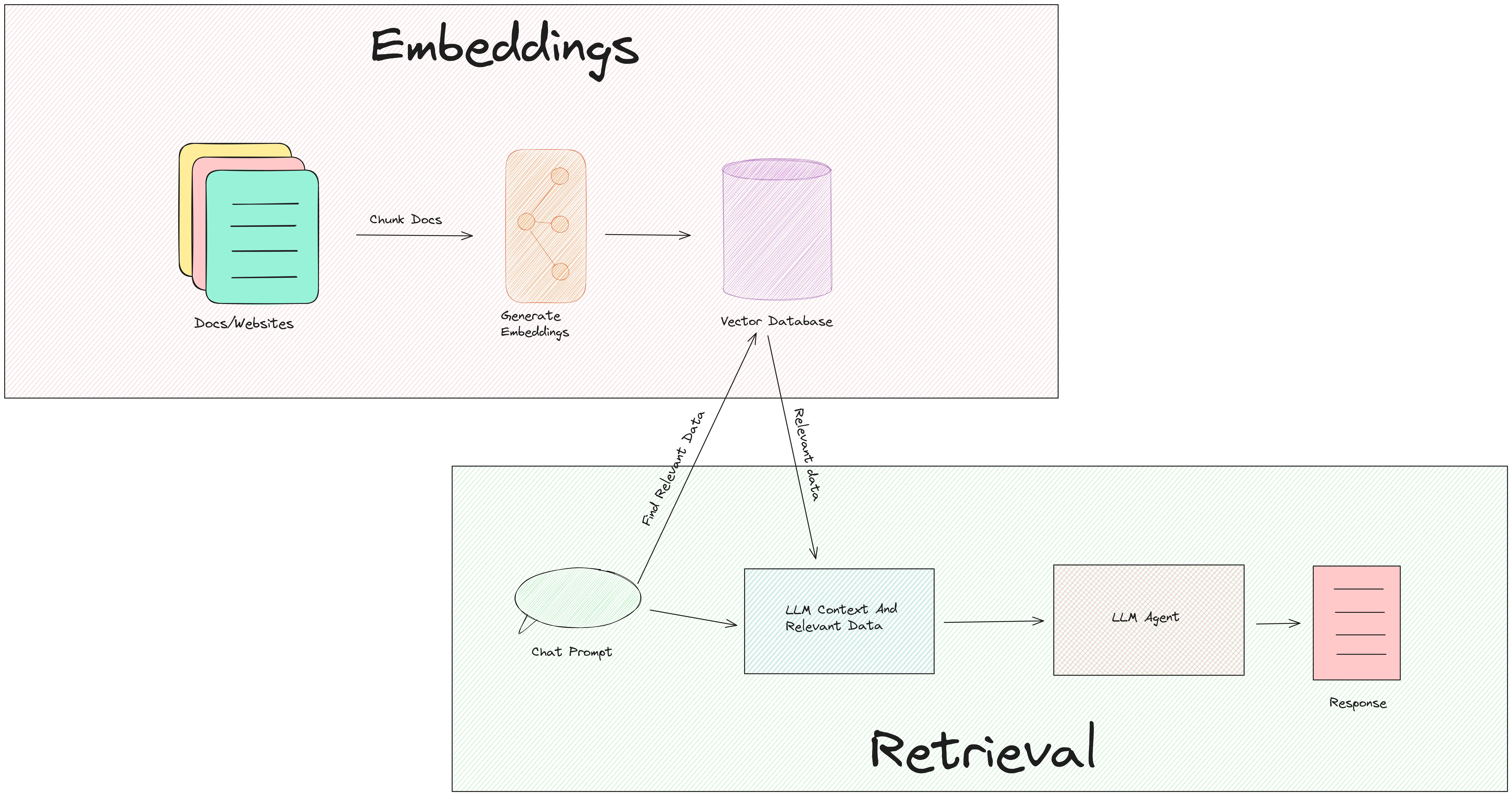Understanding the Basics of Retrieval-Augmented Generation (RAG)
In the rapidly evolving field of Natural Language Processing (NLP), Retrieval-Augmented Generation (RAG) has emerged as a powerful technique that enhances the capabilities of language models. This blog post will guide you through the basics of RAG, its key components, and how it works.
What is Retrieval-Augmented Generation (RAG)?
Retrieval-Augmented Generation (RAG) is a method that combines the strengths of information retrieval and text generation. Instead of relying solely on pre-trained data, RAG dynamically retrieves relevant information from external sources and uses it to generate accurate and contextually relevant responses. This makes RAG particularly effective for tasks that require up-to-date or domain-specific knowledge.
Key Components of RAG

RAG consists of two main components:
1. Retrieval Component
The retrieval component is responsible for finding relevant documents or pieces of information from a large corpus based on the input query. This is typically achieved using a dense retrieval model, which encodes both the query and the documents into high-dimensional vectors. The most relevant documents are then retrieved by measuring the similarity between these vectors.
2. Generation Component
Once the relevant documents are retrieved, they are passed to the generation component. This component is usually a sequence-to-sequence (seq2seq) model that takes the retrieved information as context and generates a coherent and contextually appropriate response. The seq2seq model synthesizes the information from the retrieved documents to produce a well-informed output.
How Does RAG Work?
RAG operates in two main stages: retrieval and generation.
Stage 1: Retrieval
-
Query Encoding:
- The input query is encoded into a high-dimensional vector using a dense retrieval model.
-
Document Encoding:
- Documents in the corpus are pre-encoded into vectors.
-
Similarity Measurement:
- The query vector is compared against the document vectors to find the most relevant matches.
-
Document Retrieval:
- The top-k relevant documents are retrieved based on their similarity scores to the query vector.
Stage 2: Generation
-
Contextual Integration:
- The retrieved documents are provided as context to the seq2seq model.
-
Response Generation:
- The seq2seq model generates a response that is informed by the context provided by the retrieved documents.
-
Output:
- The final output is a coherent and contextually relevant response that leverages the most relevant information available.
Benefits of RAG
- Up-to-date Information: RAG can retrieve the latest information, making it ideal for tasks that require current knowledge.
- Contextual Relevance: By using specific documents related to the query, RAG ensures that the generated response is contextually accurate.
- Versatility: RAG can be fine-tuned for various domains, making it adaptable to different applications.
Example Use Cases
RAG can be applied to a wide range of scenarios, such as:
- Customer Support: Providing accurate and relevant answers to customer queries.
- Medical Assistance: Assisting healthcare professionals by retrieving and summarizing the latest medical research.
- Educational Tools: Helping students by generating answers from textbooks and scholarly articles.
- Content Creation: Generating contextually relevant content for writers and bloggers.
Conclusion
Retrieval-Augmented Generation (RAG) represents a significant advancement in the field of NLP. By combining retrieval and generation, RAG ensures that responses are not only accurate but also contextually relevant and up-to-date. Whether it’s for customer support, healthcare, education, or content creation, RAG has the potential to transform how we interact with AI-driven systems.